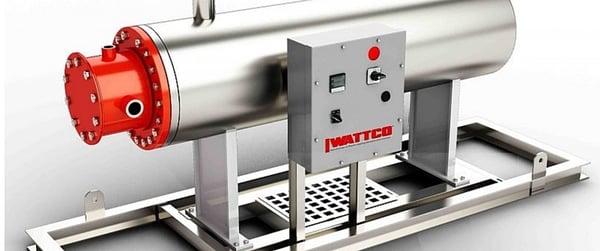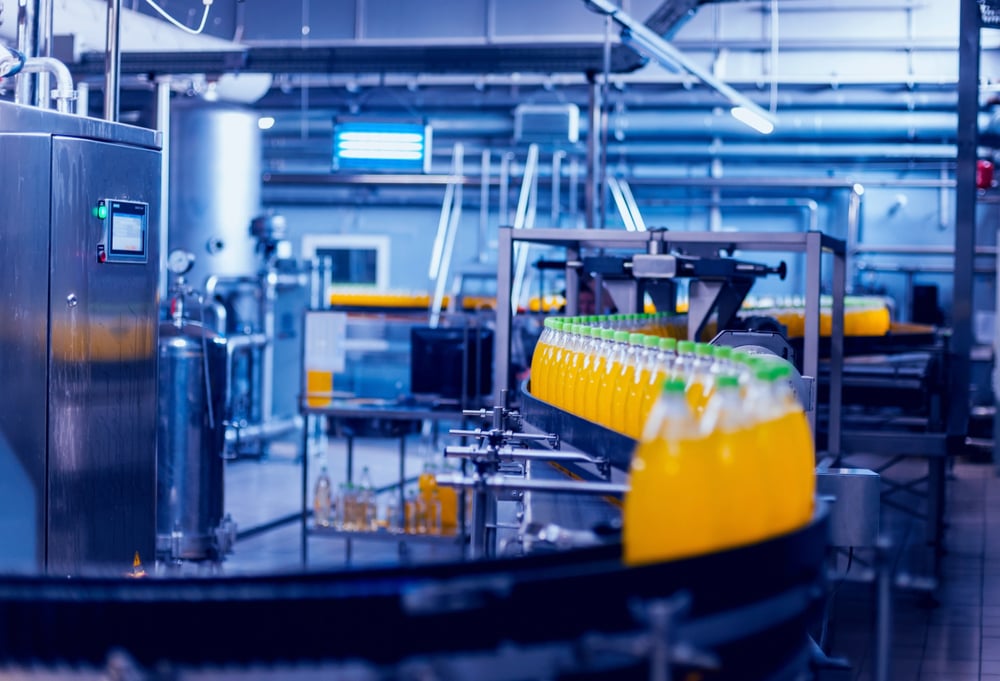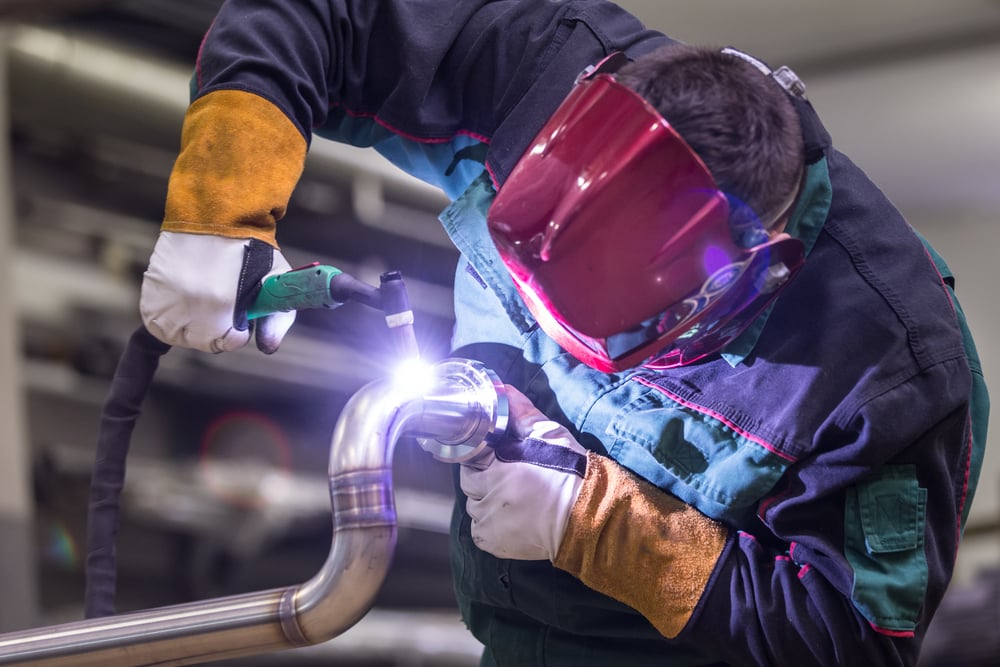What Are The Industrial Applications Of Inline Heaters?
Ilan Toledano May 24, 2016
Inline heaters, sometimes referred to as circulation heaters, have a number of different industrial uses.
Inline heaters make use of heating elements that are covered with a special type of vessel chamber that has anti-corrosion properties. This type of heating is indirect. The fluid is circulated through a closed loop around the heating element until it reaches the correct temperature. Then it’s passed out of the tank through a nozzle. Different uses may require different flanged connections, sheath materials, or temperature ranges. These heaters are often insulated to help increase their efficiency.

The Parts Of An Inline Heater
Inline heaters are made up of a number of different parts:
- The heating element and its sheath and thermal insulation.
- The pump unit that pushes the fluid to be heated through the system.
- The fluid itself, which passes through a loop around the heating element, getting hotter with each pass.
- The outlet nozzle where the heated fluid is pushed out of the system once it reaches the correct heat.
- Thermocouple sensors that determine when the liquid has reached the desired temperature.
- A control system that varies in its complexities – some allow the unit to be turned on and off, but have a set temperature, while others are more flexible and allow the user to change the temperature.
- There are some optional components that can be added to an inline heater. These include stronger cases that are moisture resistant or are strong enough to contain an explosion. Additional flange types and mounting equipment are also available.
Use Of Inline Heaters
Water Heating: Inline heaters are often used for heating clean water for a number of uses, such as industrial washing. These heaters may be mounted either vertically or horizontally. If the water is being heated for washing food, it makes use of a stainless steel flange and makes use of an Incoloy sheath. Selecting the correct inline heater depends on the desired water flow rate and on the specifications provided on the heating element (its wattage, the area it can heat, etc.). The ease of cleaning and maintaining inline heaters make them especially attractive to those in the water heating industry.
Steam Heating and Gas: Inline heaters are used in the steam heat and gas industry to heat a number of different gases for various applications. They are mainly used for heating these three gases:
- Argon, which is used for welding, heat processes, and to prevent oxidation during a number of other processes.
- Helium, which is used to fill airbags, balloons, and to create a protective environment for the manufacturing and production of electronics.
- Nitrogen, which is used in pipelines to push liquids forward and in laser cutting.
Heated steam can be used in atomization, sterilization, and in propulsion.
Construction: In the construction industry, inline heaters are used to provide indirect heat to steam and different gases at various wattages and power ranges. They can be used with different sheaths, flanges, and terminal enclosures as well. For heating gas, most use a steel or a stainless steel flange along with Incoloy sheaths. They may be mounted vertically or horizontally with the valve located in anywhere on the tank. Many choose inline heaters for construction needs because of how efficiently they heat steam and gas and because they are easy to maintain. Selecting the right size inline heater depends on the desired flow rate and the size of the area to heat.
Maintenance
Inline heaters that are used for heating oil will need to be regularly maintained in order to prevent the buildup of oil. Often, conventional oil flushing does not effectively clean the tank. In that case, additional maintenance has to be done. While some systems may have to be completely shut down for this, there’s also a way to clean live systems:
- Pulse-induced waves: Sound waves are used to make the oil used during the flushing cycle vibrate turbulently, knocking debris off the inside of the pipes. The debris is then flushed out with the oil.
- PLC-controlled pulses: Using pulses to create PLC-controlled waves can also remove debris. This method is often used in areas where it can be hard to get the correct turbulent flow and in difficult to reach areas.
- Live systems: Cleaning live systems requires advanced technology. It is often used from offshore gas and oil equipment and emergency shutdown systems.
- Control and umbilical lines: To clean these lines, which have a very small diameter and can be quite long, the correct oil must be used. An engineer determines this on a case by case basis.
Inline heaters play a vital role in all of these flushing methods. They heat the oil to the correct viscosity, which is critical in flushing out oil. Because of their very efficient heat transfer method, inline heaters are particularly suitable for this use.
Did you find this useful?









